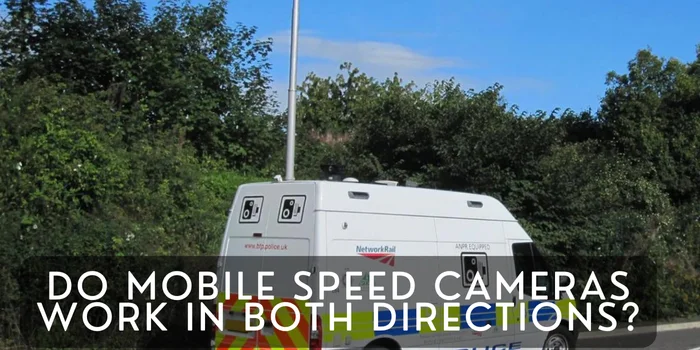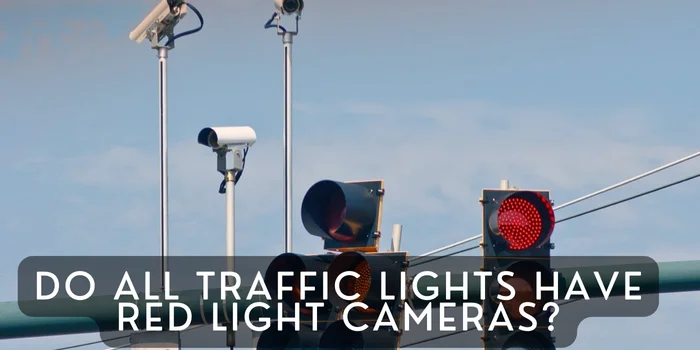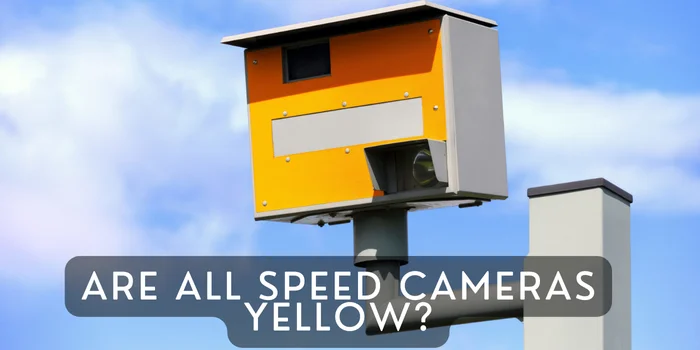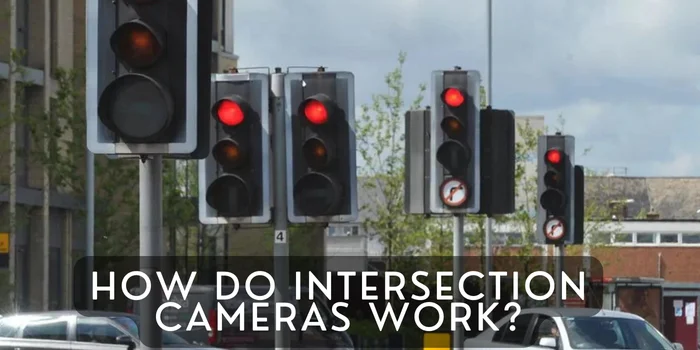Which Sign Shows That You’re Entering a One-Way System?
When you’re driving in the UK and approaching a one-way system, look for a blue circular sign with a white arrow pointing upwards or to the left/right, indicating the direction of the one-way traffic. Recognizing this sign is crucial for ensuring safe and lawful driving.
Understanding Road Signs in the UK:
Importance of Recognising Road Signs:
Knowing and understanding road signs is essential for all drivers. These signs are the silent language of the road, guiding and informing us to ensure safe travel.
Common Types of Road Signs:
In the UK, road signs are broadly categorized into three types: regulatory signs (like speed limits), warning signs (such as sharp bend warnings), and informational signs (like directions to nearby towns).
The One-Way Traffic Sign:
Design and Appearance
The one-way traffic sign in the UK is a blue circular sign featuring a white arrow. This arrow shows the direction in which the traffic must flow. This simple yet effective design helps prevent confusion and accidents.
Placement on Roads:
These signs are strategically placed at the beginning of one-way streets and at junctions to inform drivers about the one-way system ahead. They might also be repeated along the route to reassure drivers.
Why One-Way Systems Are Important:
Traffic Flow Efficiency:
One-way systems help in managing traffic flow efficiently, especially in congested urban areas. They reduce conflicts at intersections and streamline the movement of vehicles.
Safety Considerations:
By directing all vehicles in a single direction, one-way systems significantly lower the risk of head-on collisions and other accidents, making roads safer for everyone.
How to Identify a One-Way Street:
Signage at Entry Points:
The most obvious indicator of a one-way street is the blue circular one-way sign at the entry point. Look for this sign to avoid entering the street against the flow of traffic.
Road Markings and Additional Indicators:
One-way streets often have specific road markings, like arrows painted on the road surface, to guide drivers. Additionally, “No Entry” signs might be posted at the opposite end of the street to prevent entry from the wrong direction.
Legal Implications of Ignoring One-Way Signs
Penalties and Fines:
Ignoring one-way signs can result in hefty fines and penalty points on your driving licence. It’s a serious traffic offence with significant legal repercussions.
Safety Risks and Consequences:
Driving against the flow of traffic on a one-way street can lead to severe accidents. It’s not just about the fines; it’s about the potential harm to yourself and others on the road.
Tips for Navigating One-Way Streets:
Staying Alert:
Always stay alert and pay attention to road signs and markings. Familiarize yourself with the common signs and be vigilant, especially in unfamiliar areas.
Using Navigation Aids:
Modern GPS and navigation systems often highlight one-way streets. Rely on these aids, but also keep an eye on actual road signs to ensure you’re following the correct route.
Common Mistakes Drivers Make with One-Way Systems:
Misinterpreting Signs:
Drivers sometimes misinterpret the one-way sign, especially in busy areas. Always take a moment to double-check the direction indicated by the sign.
Ignoring Road Markings:
Ignoring road markings is another common mistake. Arrows painted on the road surface are there to guide you; ignoring them can lead to dangerous situations.
The Role of Technology in Road Safety:
GPS and Navigation Systems:
Technology plays a significant role in helping drivers navigate one-way systems. Modern GPS devices and smartphone apps are equipped with real-time updates and accurate road information.
Future of Smart Road Signs:
The future holds promise for even smarter road signs that communicate directly with vehicles, providing real-time data and enhancing road safety through advanced technology.
Conclusion:
Recognizing the one-way traffic sign is crucial for safe driving in the UK. This blue circular sign with a white arrow ensures you follow the correct traffic flow, enhancing both efficiency and safety on the roads. Stay alert, use navigation aids, and always pay attention to road signs and markings to navigate one-way systems effectively.
FAQs:
What should I do if I accidentally enter a one-way street the wrong way?
If you find yourself on a one-way street in the wrong direction, safely pull over to the side, signal, and carefully turn around when it’s safe to do so. If this isn’t possible, find a safe place to stop and seek assistance.
Are there different one-way signs for various types of vehicles?
No, the one-way sign is universal for all vehicles. However, there might be additional signs indicating restrictions for certain types of vehicles, such as large trucks or bicycles.
How can I stay updated on new traffic signs and regulations?
Review the Highway Code regularly, note any updates from the Driver and Vehicle Standards Agency (DVSA), and consider enrolling in refresher driving courses to stay informed about the latest traffic signs and regulations.






